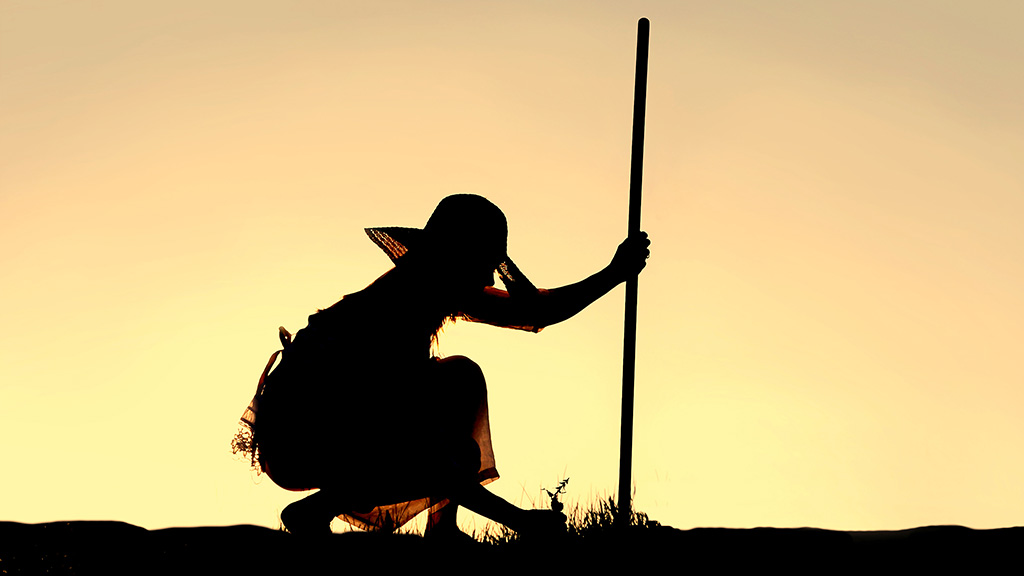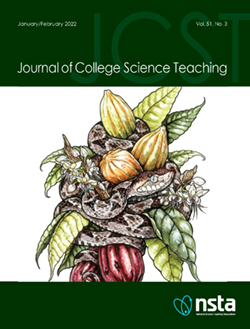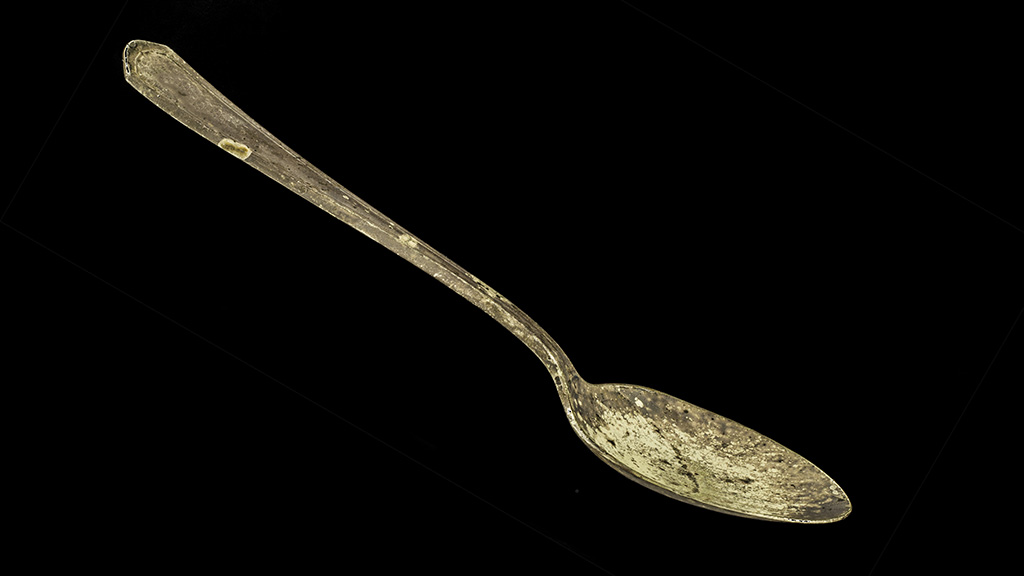Archive: Science Update: Underwater Sound in our National Marine Sanctuaries, June 2, 2022
SanctSound is a three-year project, managed by NOAA and the U.S. Navy, to better understand underwater sound within our national marine sanctuaries. The goal of the SanctSound project is to understand how sound varies in the ocean by collecting the same information in sanctuaries around the United States.
SanctSound is a three-year project, managed by NOAA and the U.S. Navy, to better understand underwater sound within our national marine sanctuaries. The goal of the SanctSound project is to understand how sound varies in the ocean by collecting the same information in sanctuaries around the United States.
SanctSound is a three-year project, managed by NOAA and the U.S. Navy, to better understand underwater sound within our national marine sanctuaries. The goal of the SanctSound project is to understand how sound varies in the ocean by collecting the same information in sanctuaries around the United States.
SanctSound is a three-year project, managed by NOAA and the U.S. Navy, to better understand underwater sound within our national marine sanctuaries. The goal of the SanctSound project is to understand how sound varies in the ocean by collecting the same information in sanctuaries around the United States.







